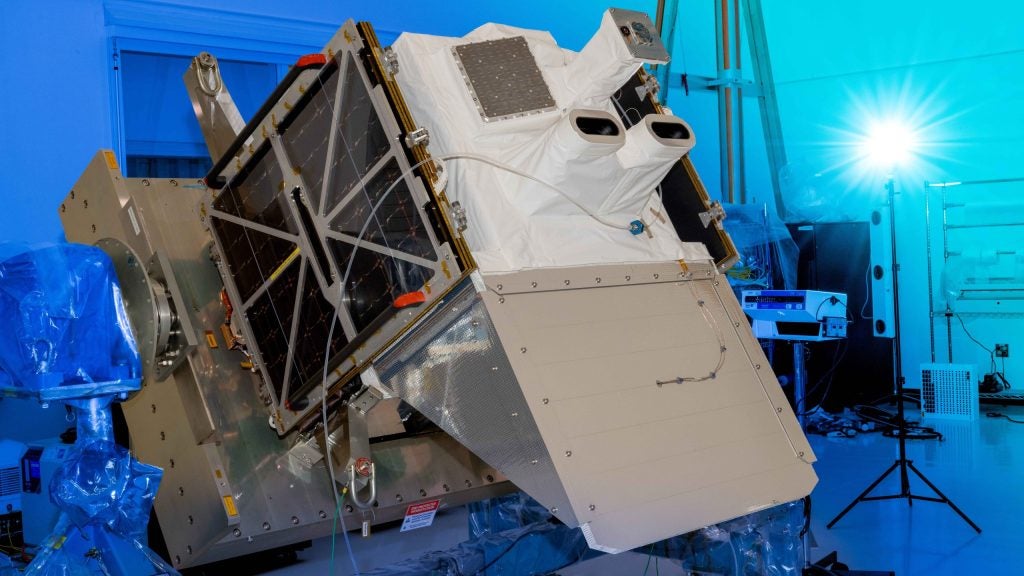View has been granted a patent for a carrier design that supports vertical substrates in a processing apparatus. The carrier features a frame, vertical support bars, and fasteners for securing the substrates. It eliminates the need for precise gaps between substrates and reduces the risk of damage to the apparatus and substrates. The patent also covers methods of loading substrates onto the carrier. GlobalData’s report on View gives a 360-degree View of the company including its patenting strategy. Buy the report here.
According to GlobalData’s company profile on View, smart windows was a key innovation area identified from patents. View's grant share as of June 2023 was 1%. Grant share is based on the ratio of number of grants to total number of patents.
Carrier for vertically holding and coating multiple substrates
A recently granted patent (Publication Number: US11688589B2) describes a carrier designed to hold multiple substrates in a vertical orientation while passing through a coater that applies a coating to the front face of each substrate. The carrier consists of a frame with an aperture, a bottom tap bar, a top tap bar, vertical support bars, and fasteners. The vertical support bars are positioned behind the back faces of the substrates and have multiple attachment positions for the fasteners, allowing substrates of different widths to be vertically stacked on top of each other in the aperture.
The carrier's fasteners can be pins or pegs, and the vertical support bars have slots, holes, grooves, or other openings for attaching the fasteners. The dimensions of the aperture can vary, with a horizontal dimension between 50 and 200 inches and a vertical dimension between 50 and 150 inches. The vertical support bars can be made of metal and may have a rail, channel, or groove design.
The substrates that can be held by the carrier include glass or plastic, and they can be windows intended for coating with an electrochromic device. The frame of the carrier is also made of metal, and the bottom and top tap bars may be made of a material that expands and contracts to match the thermal expansion and contraction of the substrates.
Additional features of the carrier include a pivot peg attached to the top tap bar, a transport mechanism for moving the carrier through the coater, and a shield to protect the frame during coating.
This patented carrier offers a solution for efficiently coating multiple substrates in a vertical orientation. Its design allows for the stacking of substrates with different widths, providing flexibility in the coating process. The use of fasteners, such as pins or pegs, and the attachment positions on the vertical support bars ensure secure and stable positioning of the substrates. The carrier's dimensions and materials are adaptable to accommodate various substrate sizes and thermal conditions. Overall, this carrier design has the potential to enhance the efficiency and effectiveness of coating processes for glass or plastic substrates, particularly in applications such as electrochromic window coatings.
To know more about GlobalData’s detailed insights on View, buy the report here.
Premium Insights
From

The gold standard of business intelligence.
Blending expert knowledge with cutting-edge technology, GlobalData’s unrivalled proprietary data will enable you to decode what’s happening in your market. You can make better informed decisions and gain a future-proof advantage over your competitors.





